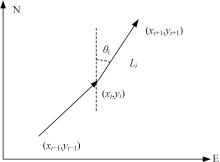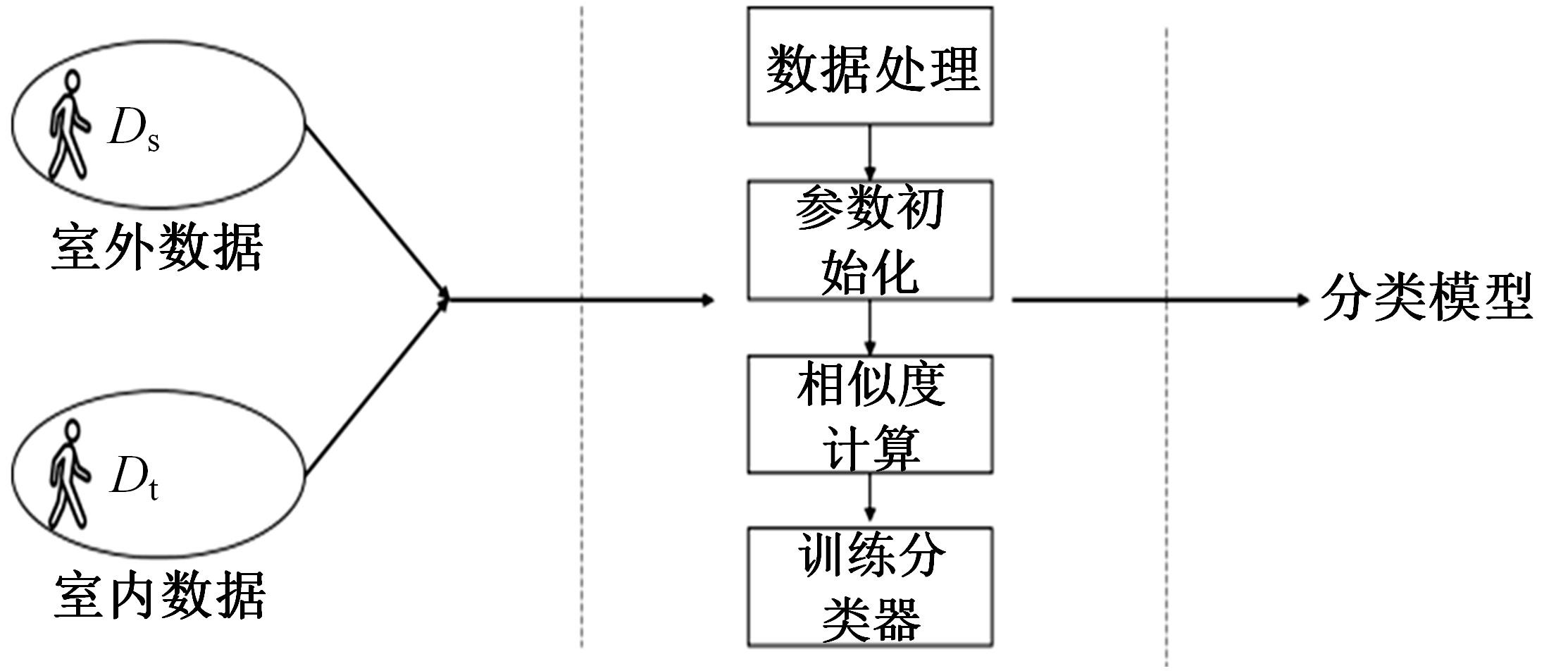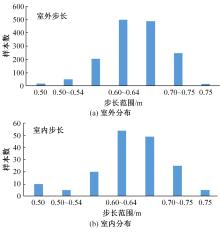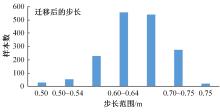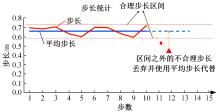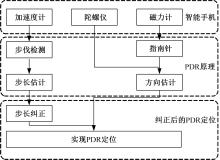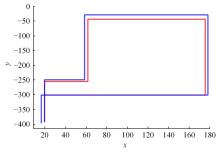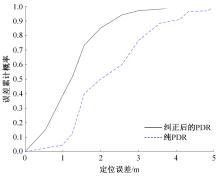| 1 |
高伟, 侯聪毅, 许万旸, 等. 室内导航定位技术研究进展与展望[J]. 导航定位学报, 2019, 7(1): 10-17.
|
|
Gao Wei, Hou Cong-yi, Xu Wan-yang, et al. Research progress and prospect of indoor navigation and positioning technology[J]. Journal of Navigation and Positioning, 2019, 7(1): 10-17.
|
| 2 |
刘富, 权美静, 王柯. 仿蝎子振源定位机理的位置指纹室内定位方法[J] .吉林大学学报: 工学版, 2019, 49(6):2076-2082.
|
|
Liu Fu, Quan Mei-jing, Wang Ke. A position fingerprint indoor localization method based on the mechanism of simulating scorpion vibration source localization[J] Journal of Jilin University(Engineering and Technology Edition), 2019, 49(6): 2076-2082.
|
| 3 |
李楠, 陈家斌, 袁燕. 基于WiFi/PDR的室内行人组合定位算法[J]. 中国惯性技术学报, 2017, 25(4): 483-487.
|
|
Li Nan, Chen Jia-bin, Yuan Yan. Indoor pedestrianintegrated localization strategy based on WiFi/PDR[J]. Journal of Chinese Inertial Technology, 2017, 25(4): 483-487.
|
| 4 |
金彦亮, 张晓帅, 齐崎, 等. 基于WiFi辅助的自适应步长的室内定位算法[J]. 电子测量技术, 2017, 40(12): 165-170.
|
|
Jin Yan-liang, Zhang Xiao-shuai, Qi Qi, et al. Indoor positioning algorithm based on adaptive step size and WiFi assisted[J]. Electronic Measurement Technology, 2017, 40(12): 165-170.
|
| 5 |
刘庆, 关维国, 李顺康, 等. 基于扩展Kalman滤波的室内WiFi-PDR融合定位算法[J]. 计算机工程, 2019, 45(4): 66-71, 77.
|
|
Liu Qing, Guan Wei-guo, Li Shun-kang, et al. Indoor WiFi-PDR fusion location algorithm based on extended Kalman filter[J]. Computer Engineering, 2019, 45(4): 66-71, 77.
|
| 6 |
郭倩倩, 崔丽珍, 杨勇, 等. 基于LSTM个性化步长估计的井下人员精准定位PDR算法[J]. 工矿自动化, 2022, 48(1): 33-39.
|
|
Guo Qian-qian, Cui Li-zhen, Yang Yong, et al. PDR algorithm for precise positioning of underground personnel based on LSTM personalized step size estimation[J]. Industry and Mine Automation, 2022, 48(1): 33-39.
|
| 7 |
宋震, 李俊良, 刘贵强. 基于深度学习和限幅模糊的变转速液压动力源恒流量预测方法[J]. 吉林大学学报: 工学版, 2021, 51(3): 1106-1110.
|
|
Song Zhen, Li Jun-liang, Liu Gui-qiang. A constant flow prediction method for variable speed hydraulic power source based on deep learning and limiting fuzzy control[J]. Journal of Jilin University(Engineering and Technology Edition), 2021, 51(3): 1106-1110.
|

